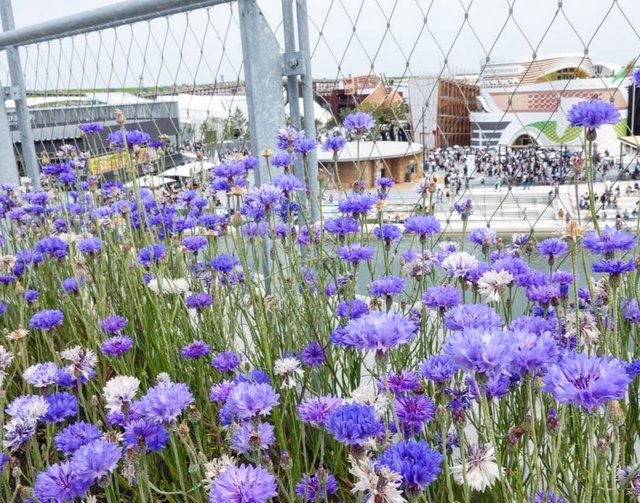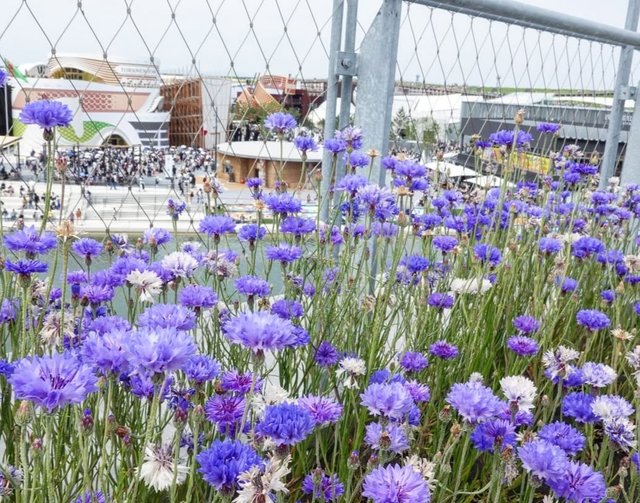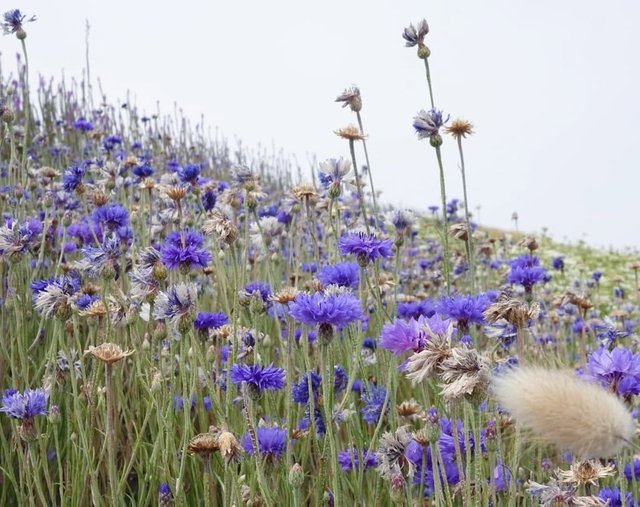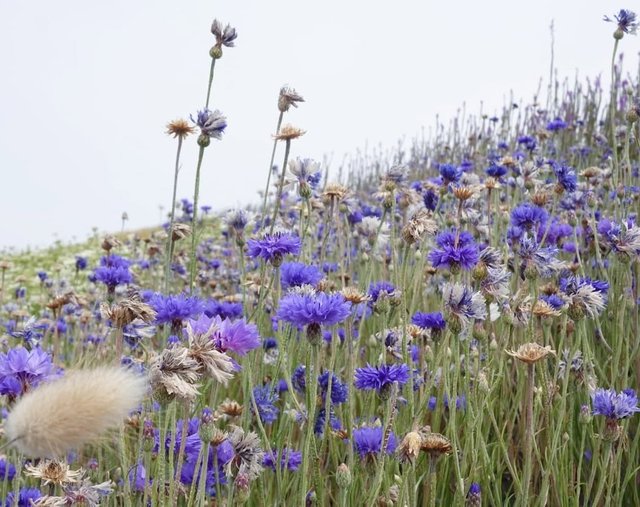So Beautiful Cornflower
Cornflower: A Timeless Bloom of Beauty, Symbolism, and Practical Use
The cornflower, also known as bachelor's button, is a delicate yet resilient wildflower with an iconic blue hue that has captured hearts and imaginations for centuries. While its simple, daisy-like form might seem unassuming, this flower is steeped in cultural significance, ecological value, and even medicinal utility. Whether blooming across European meadows or featured in modern gardens, the cornflower stands as a testament to nature’s artistry and historical symbolism.
A Botanical Gem
Native to Europe, the cornflower was once commonly found growing among cereal crops, especially wheat—hence the name "corn" flower, as "corn" traditionally referred to grains in general in British English. It thrives in well-drained soils and sun-drenched fields, producing stunning blooms from late spring into summer. With its intense blue petals—thanks to the presence of a rare anthocyanin pigment called protocyanin—the cornflower has become a symbol of rare and vivid beauty.
Although traditionally blue, cultivated varieties now come in pink, white, and purple shades, offering gardeners a spectrum of choices while retaining the flower’s rustic charm.
Symbolism and Cultural Significance
The cornflower has long been steeped in symbolic meaning. In France, the "Bleuet de France" is worn on Remembrance Day as a tribute to veterans and victims of war, akin to the red poppy in Commonwealth countries. The flower became a symbol for French soldiers during World War I, due to their blue uniforms and the flower’s resilience.
In Germany, the cornflower was associated with Prussian royalty and was a favorite flower of Kaiser Wilhelm I. It became a subtle symbol of nationalism during times when open displays of German unity were forbidden.




%20(10).jpeg)